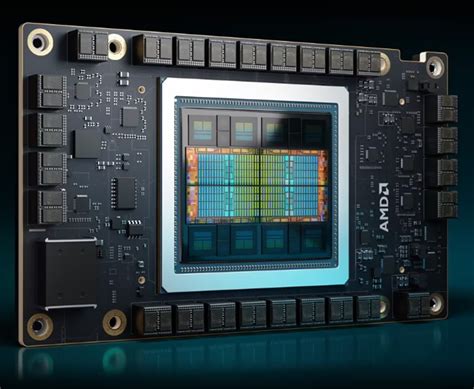Intel, a powerhouse in the tech industry, is striding into the future armed with cutting-edge liquid cooling technology. The company’s recent endeavors have set the stage for groundbreaking advancements that could reshape how we perceive and utilize high-performance computing systems.
**Liquid Cools Hot Chips**
In a move that promises to redefine the limits of thermal management, Intel has expanded its liquid cooling technology to support Nvidia’s upcoming AI chips. This innovative approach, known as Superfluid cooling, has been specifically designed to tackle heat loads of up to 1.5kW for state-of-the-art high-performance systems. This development marks a significant leap forward in ensuring optimal performance and reliability for next-generation hardware.
**Strategic Partnerships and Leadership**
One key aspect propelling Intel’s cooling prowess to greater heights is its strategic partnerships in Taiwan. By collaborating with local suppliers and industry leaders, Intel has positioned itself as a frontrunner in advanced cooling solutions for next-gen chips. These partnerships not only enhance Intel’s technological capabilities but also solidify its status as a leader in thermal innovation.
**Navigating Challenges Through Innovation**
Despite facing challenges in its core business operations, including speculation about spinning off its foundry division, Intel remains undeterred in its quest for technological excellence. Under the leadership of CEO Lip-Bu Tan, the company is embarking on new frontiers by venturing into the realm of cutting-edge cooling solutions. This strategic pivot underscores Intel’s commitment to staying ahead of the curve and diversifying its offerings.
**The Rise of Superchip GB300**
Nvidia’s highly anticipated GB300 superchip looms on the horizon as a game-changer in the world of computing power. With projections indicating power demands reaching up to 600kW for future racks housing this potent hardware, effective thermal management becomes paramount. Intel’s Superfluid cooling solution emerges as a crucial component in maintaining optimal operating temperatures and safeguarding peak performance under such demanding conditions.
**Unveiling Next-Gen Cooling Solutions**
At GTC 2025, Nvidia showcased visionary mock-ups featuring Kyber-based NVL576 racks outfitted with Rubin Ultra GPUs. These cutting-edge systems provide a glimpse into the future landscape of computing infrastructure where energy efficiency and thermal regulation play pivotal roles. As data centers evolve to accommodate escalating energy requirements, innovative cooling technologies like Intel’s Superfluid system are expected to spearhead this transformation.
**Engineering Marvels Inspired by Nature**
Intel’s Superfluid cooling technology draws inspiration from nature’s own ingenuity — specifically mimicking techniques used by Mitsubishi Heavy Industries for enhancing propulsion efficiency in ships through bubble generation under hulls. By applying similar principles to coolant flow optimization and heat dissipation within server environments, Intel has harnessed nature-inspired engineering to elevate thermal management standards within dense compute settings.
**Showcasing Technological Advancements**
A testament to its commitment to innovation, Intel recently hosted the 2025 Superfluid Advanced Cooling Technology Forum in Taiwan alongside the Industrial Technology Research Institute (ITRI). This event served as a platform for showcasing breakthroughs in cooling technologies while fostering collaboration among industry stakeholders and local suppliers invested in advancing thermal management solutions.
**Investing in Durability and Efficiency**
Recognizing the importance of long-term performance sustainability, Intel is actively investing resources into developing advanced materials that mitigate corrosion risks and mechanical wear within liquid-cooled systems. Liquid metal-based designs and electromagnetic pump systems represent just some of the avenues through which Intel aims to enhance durability and reduce maintenance overheads associated with large-scale deployments.
As we stand at the cusp of a new era defined by unprecedented computational demands and technological complexities, companies like Intel are paving the way forward with innovative solutions that promise enhanced performance, reliability, and sustainability across diverse applications.

